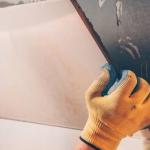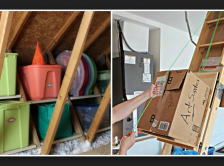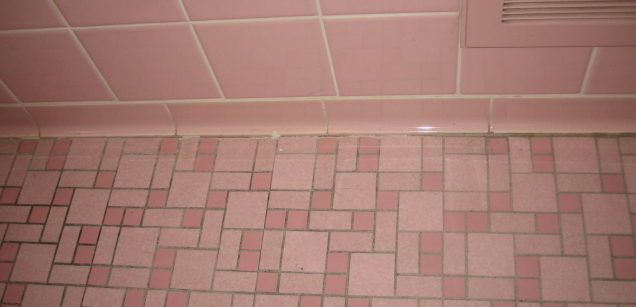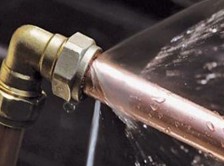
How to Tile a Bathroom
Tiling a bathroom as a DIY project can seem daunting, but if you take your time and follow these step by step, you’ll be having your new bathroom complete in no time!
Before you Start Bathroom Tiling
Planning is key! So before you begin, ensure you have all the materials ready for the transition. You’ll obviously need a couple of tools and materials before you begin which include;
- Tiles
- Tile Cutter
- Pencil
- Marker Pen
- Measuring Tape
- Rags
- Mixing Paddle
- Gloves
- Bucket
It’s very important to plan your layout including how you want the tiles patterned, where your light fittings and power points will be located and if you would like any niches.
Ask yourself, you want one or maybe three niches in your shower? Measure the size of your niches, you may want one smaller one and one larger one that can accommodate things like shampoo and conditioner bottles.
Using a stud finder, mark the studs with a permanent marker, this will help you as well as other trades that you may use if you source out things like plumbing and electrical works.
We recommend that you purchase samples of your tiles to layout a small section before tiling your bathroom. This will allow you to check tiles for warping, as well as doing a soak test. Ensure that you confirm the size of your tile, some tiles may be sold as 40 x 60cm or 30 x 60cm, but this is not always necessarily the size you are receiving, a grout line may have been factored into this, which means the number of tiles you require is actually more.
If you are planning on having a shower niche and don’t want to end up with a whole heap of cut tiles, layout your tile pattern from the ceiling down, so you are starting exactly on the grout line / joint.
The Drainage
Modern bathrooms have a linear drain with a tile insert. If you choose to do this in your shower, you should ensure that the grout line runs through for a flowing look.
Any other drains need to ensure that they are measured perfectly, there is little room for adjustment once you have started your tiling job. You may want to speak to your plumber to see where your drain must go and have them position the drainpipe so it is not completely in until you have finished your project. At the end of your project, a flood test is also recommended to ensure your drain is working correctly.
The tiled area outside your shower needs to be graded so it runs back into the shower area in case of a leak or bath overflow. This is highly recommended if you plan on having a barrier-free shower.
After The Planning Phase
Once you have finished your planning, the bathroom tiling can begin. You can now start purchasing the items you need prior to commencing your tiling job. You will need the correct glue, grout, sealer and waterproofer. A good tiling or hardware shop can assist you with these products.
If your bathroom floor is a new concrete slab, we recommend waiting 30 days prior to tiling over, this allows the concrete to cure. If your concrete is smooth, you will need to mechanically roughen the surface, and then thoroughly clean the area prior to tiling. If you don’t do this, you will not have enough adhesive for the tiles to glue to.
We wouldn’t recommend tiling straight over timber flooring, as it expands and contracts. Untreated floors should be primed and given time to dry before tiling commences.
It is common to find plasterboard in bathrooms, however, if you don’t waterproof this prior to tiling, your plasterboard will eventually deteriorate over time, once moisture hits the plasterboard, leading to extensive leaks.
Prepare your surface area by using a primer, this is best applied using a sponge or roller. A water-based primer is best.
Once the area is primed, a waterproofer or sealer is your next step. In new house builds, often only the shower walls and floors are done and then the corners elsewhere, but we would recommend that you waterproof all floor and wall areas for added peace of mind.
Use a paint roller to apply and once it is completely dry, do another coat. A second coat would be more effective if it is applied on a 90-degree angle.
Allow this to dry for at least 24 hours before you commence tiling.



